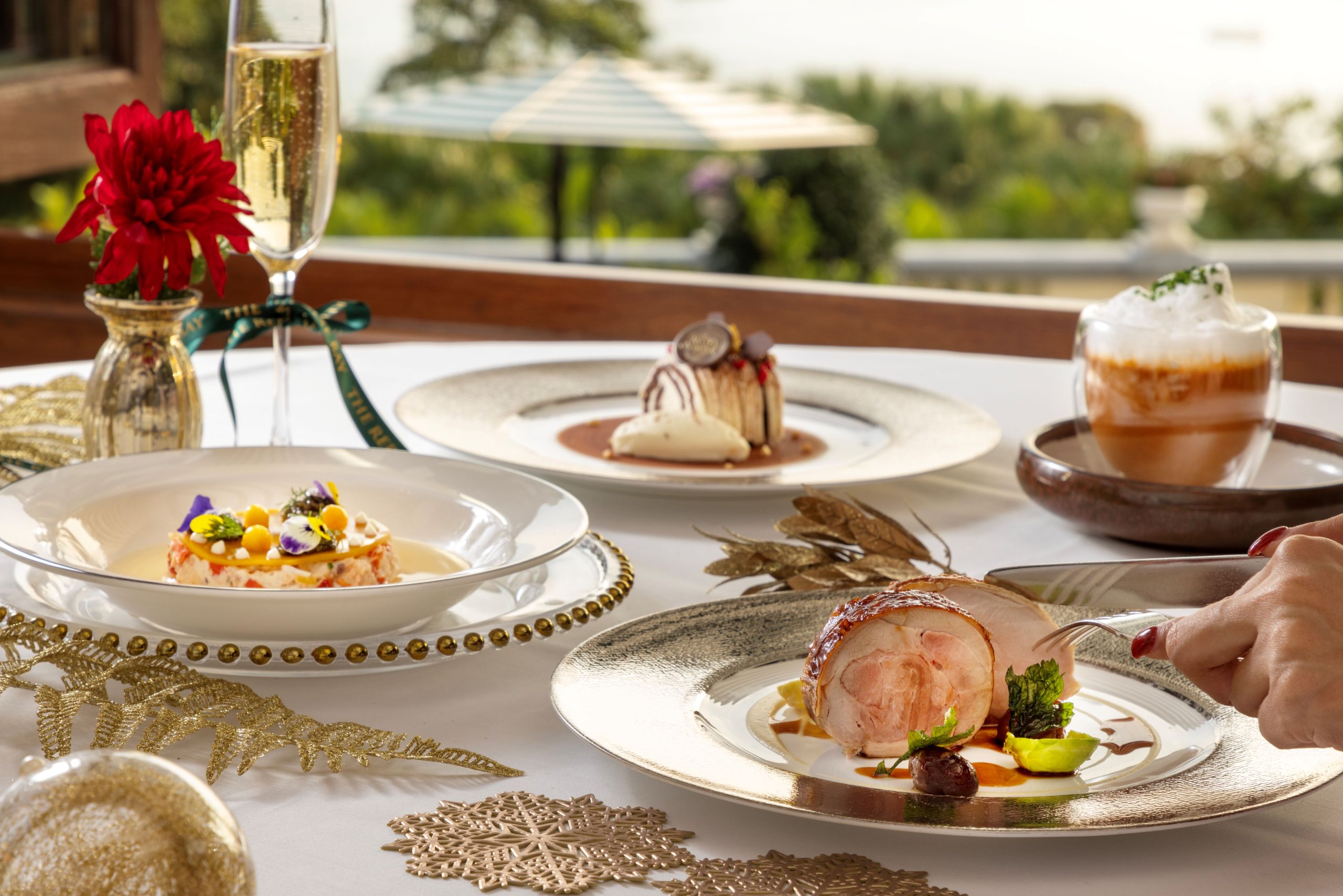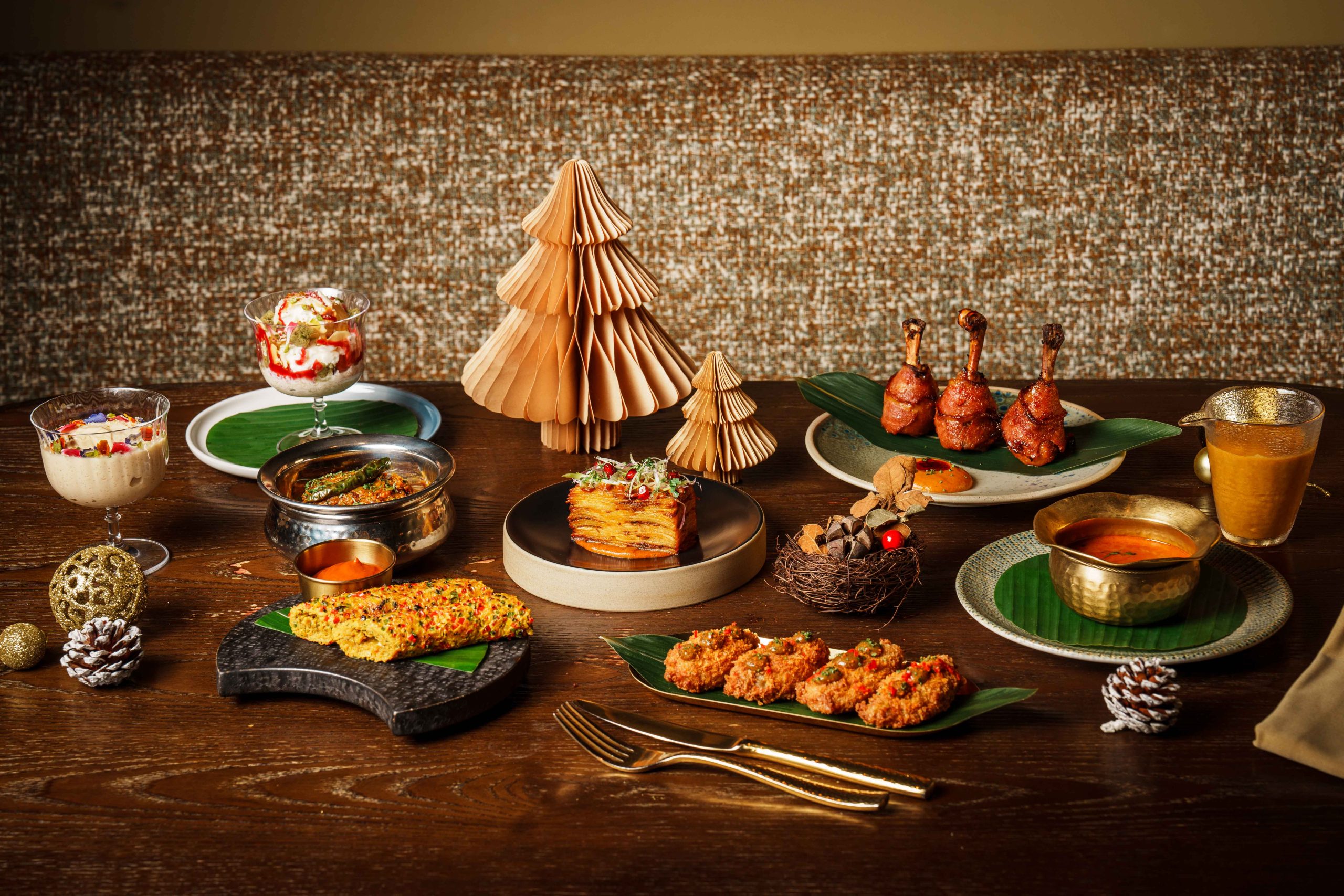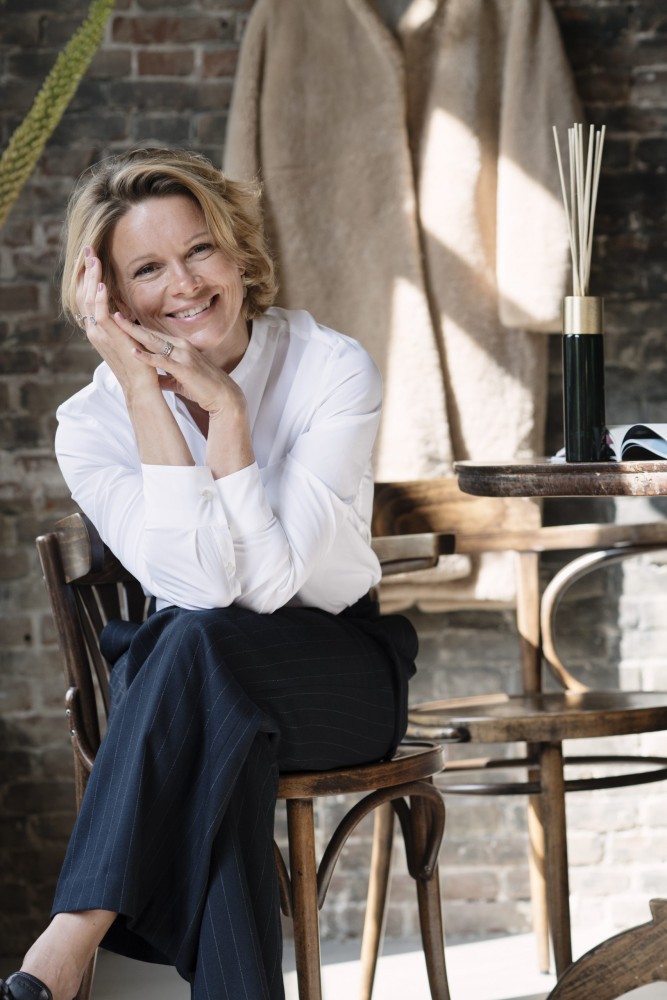
As Rituals’ Innovation and Sustainability lead, Niki Schilling is tasked to take the beauty brand to new heights, leading a team in creating products that speak to a new generation of consumers. We spoke with Schilling to learn more about Rituals’ initiatives towards sustainability, and how she herself has embraced this way of living.
How do you see innovation and sustainability co-existing within a business model?
There’s no way you can see these two components separately, especially as we offer smarter solutions to streamline our brand ethos. As our entity is growing, with hundreds of retail outlets, we must be very conscious of how our supply chain operates. This refers to our set goals with packaging, formulations, and the social contributions we carry out to support various communities. It is within our policy that all functions within the company abide by these goals, whether you are in innovation, sustainability, or under operations. A common thread that we all want to achieve is being zero-waste, which is something that we plan to fully implement by 2025. Along this road, we have already made milestones worth mentioning, such as making our products readily biodegradable and offering refills on specific hero lines, with Namaste.
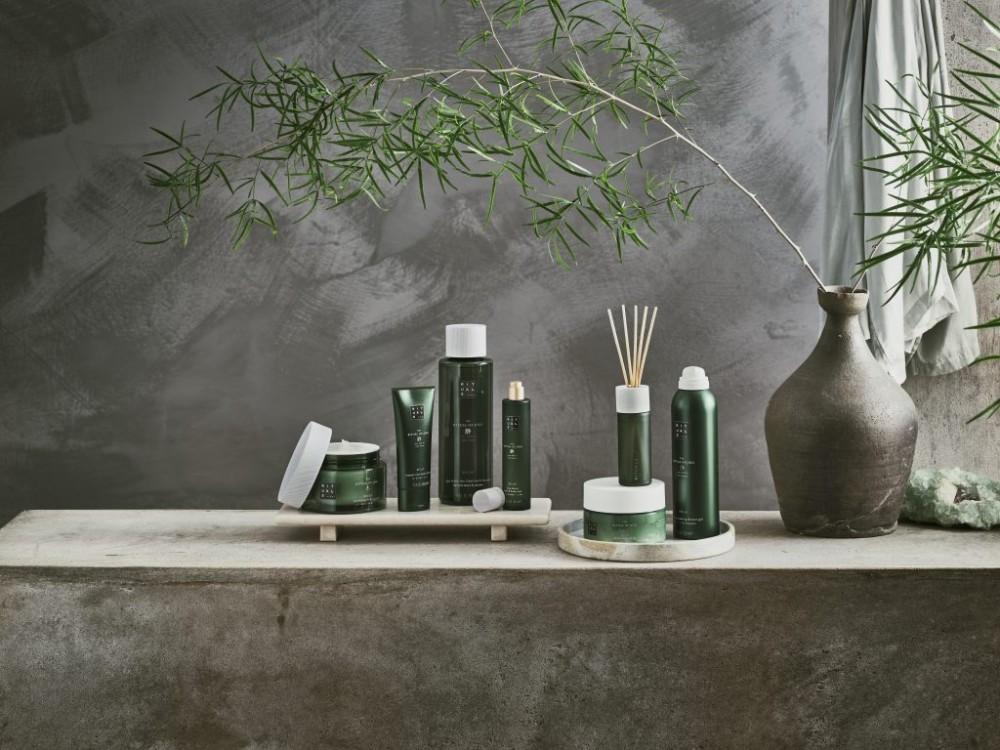
How do you effectively communicate Rituals’ vision to key suppliers and manufacturers? Are they receptive to these views?
The good thing is that we have hit the 20-year mark this year, and we have forged a long-term relationship with most of our main suppliers – some have been working with us for 15 years, and we’ve been through some ups and downs together, so it has truly been a close partnership. In addition to our existing capabilities, we are also continually looking for new sources that may have better machinery and systems that can help us realise our ideas.
How do you apply the Ancient Chinese concept of ‘Jing’ to your daily life?
I suppose there’s a deep desire for harmony and
tranquility within me since birth. Regarding my daily life, things can get
pretty hectic, with this management role, managing two kids, and everything
else. With this chaotic lifestyle, I make sure that I have my own set of
rituals that keep my stress levels at bay. I am pretty disciplined in following
them, as when I don’t, I immediately derail just like every other person.
While developing the Rituals of Jing collection, I learned that you must take moments aside throughout your day to recoup and listen to your body’s needs. With my personal practice, I usually start my morning with a quick 10-minute meditation, which includes a breathing exercise followed by a period of gratitude and ending the routine with visualising. I make an effort to recalibrate and put my mind in a positive state as I enter a new day. During my time off at lunch, I try to take walks and immerse myself in nature. In the evenings, I would usually practice yoga and sports to replenish my body with energy, but this doesn’t apply to everyone, as each person’s interests are different.
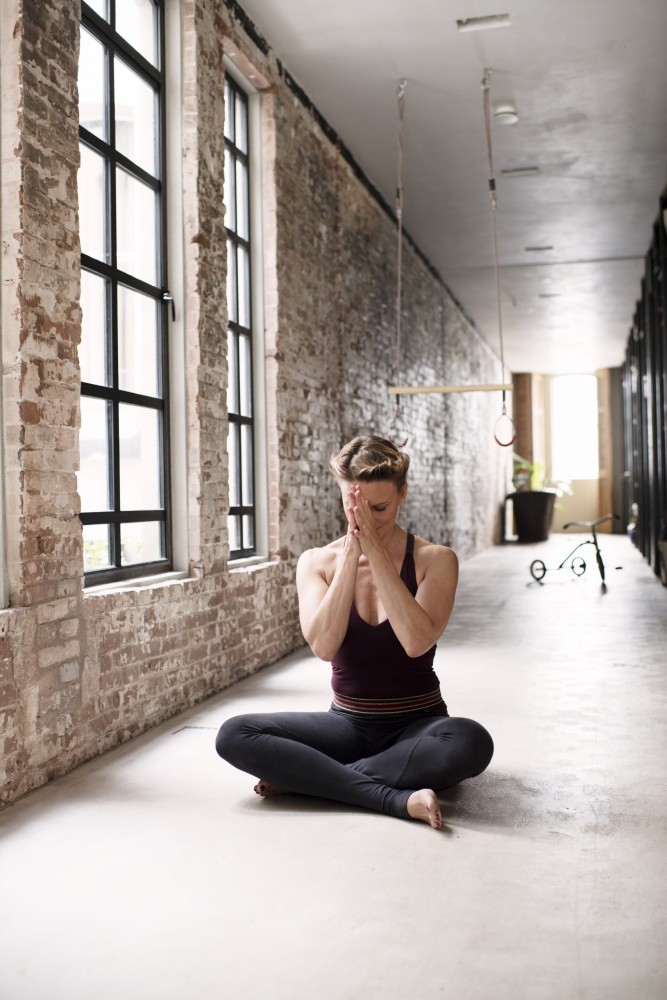
What advice would you have for people who want to reduce stress in their everyday lives?
This state we are living at the moment is a great example, as I don’t know anyone who is not under some kind of stress. The one thing that I can advise is to go back to yourself and understand what calms you and, as I said earlier, it’s different for everyone. Through the conversations I had with participants who came to our workshops, I found out that many o them find cooking very relaxing . For other people, walking and being around nature enables them to hone their senses and connect from within.
What part of the day do you look forward to and why?
When I get the chance, I go for a morning run in the dunes, as my family and I live close to the beach; that, to me, is a slice of heaven. We also have a little lake near the dunes that I occasionally get to swim in, which is a holiday in itself.
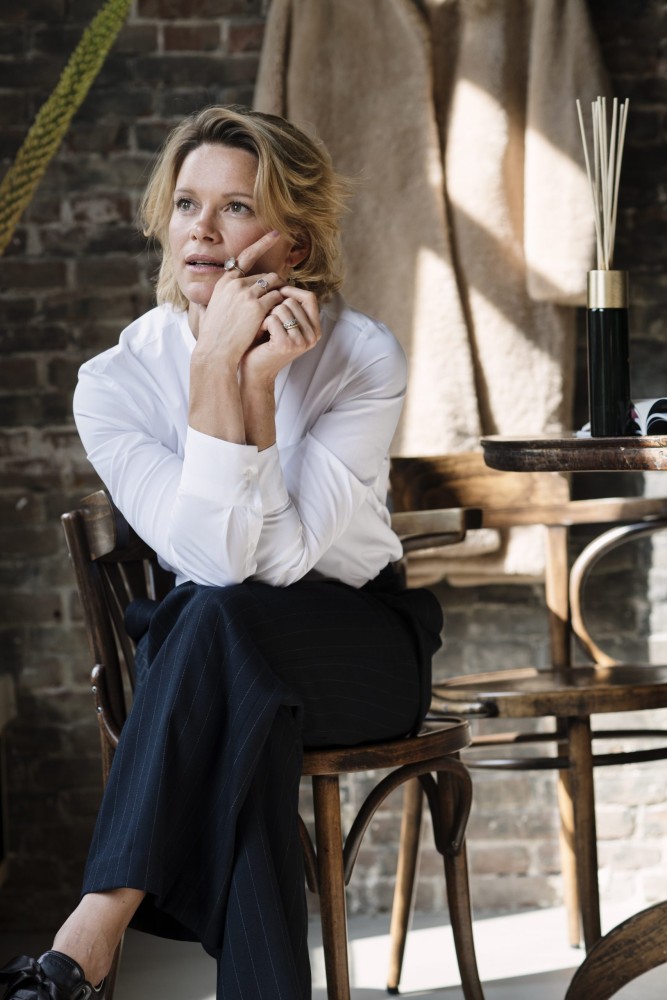
What does sustainability personally mean to you? And how do you educate your children about it?
My kids are five and six-years-old, so they’re quite
young. What I try to do is to explain everything, as parents often simplify
concepts. I try to expose them to as much of the real world as appropriate and
understand that everything in our ecosystem is connected.
During certain mornings, my kids do join me in my meditation practice. I think that learning these lifestyle choices at an early age allows them to be more mindful, which is a part of being sustainable. Sustainability is not only about the planet, but also refers to how people engage with the environment.


